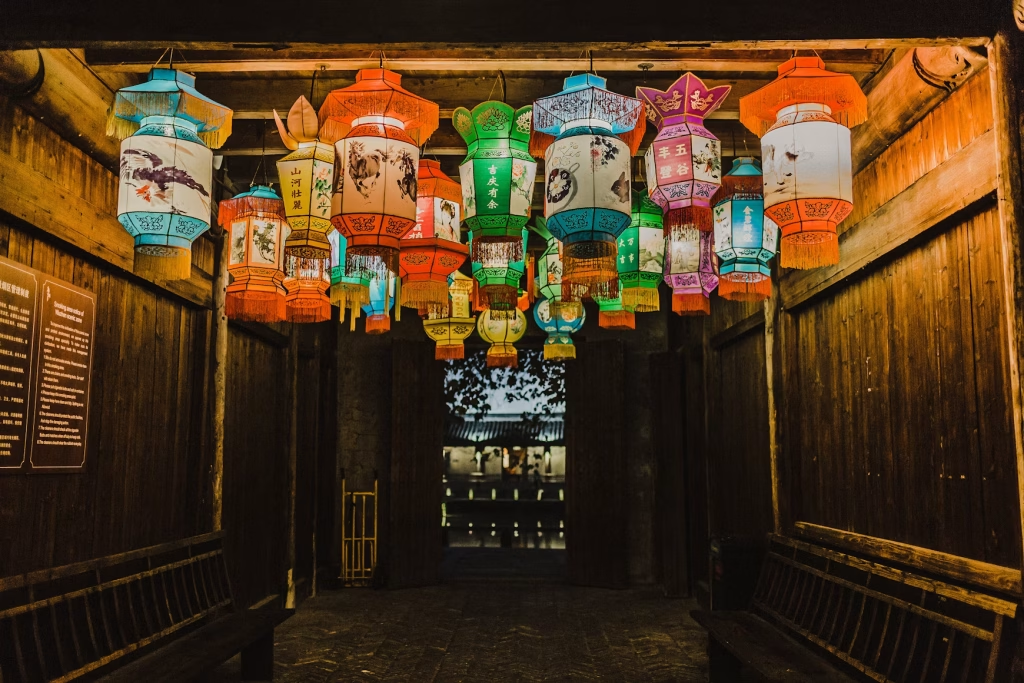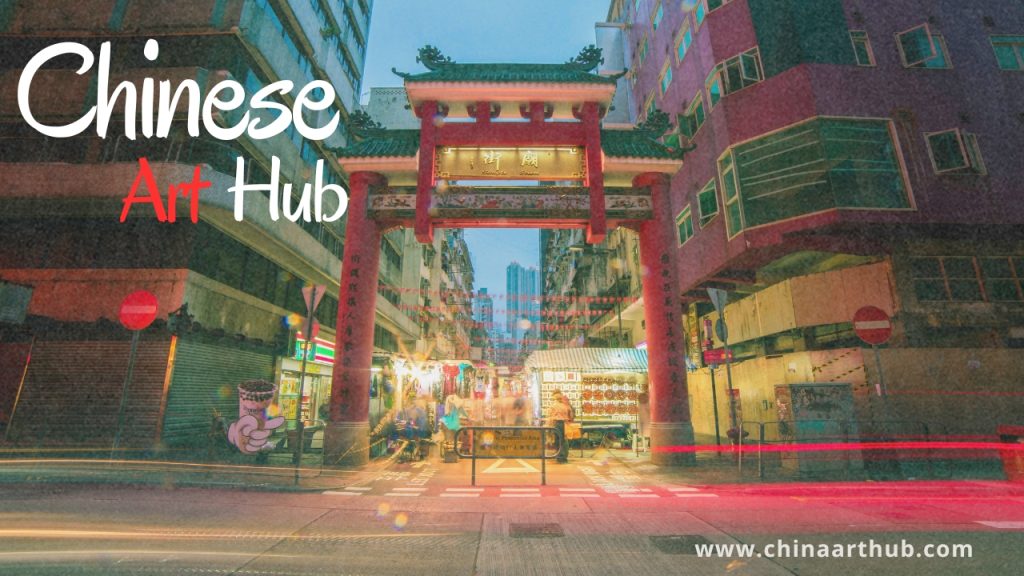Chinese art hub is a vast and diverse field that reflects the rich history and culture of one of the world’s oldest civilizations. From ancient pottery and calligraphy to modern painting and sculpture, the Chinese art hub encompasses various styles, techniques, and mediums. In this blog, we will delve into the evolution of Chinese art, its key characteristics, and its significance in both historical and contemporary contexts. Whether you’re a seasoned art enthusiast or just beginning to explore this fascinating subject, there is something for everyone in the world of Chinese art.
A Brief History of Chinese Art Hub

The history of the Chinese art hub stretches back thousands of years, beginning with the Neolithic period, around 10,000 BCE. During this time, early Chinese civilizations created pottery, jade carvings, and primitive art forms that laid the foundation for future artistic expression.
Ancient Dynasties and Their Contributions
- Shang Dynasty (1600–1046 BCE)
The Shang Dynasty is known for its bronze casting and intricate pottery. The use of bronze for ritual vessels marked a significant advancement in technology and artistry. The artifacts from this period reflect both religious practices and the social hierarchy of the time. - Zhou Dynasty (1046–256 BCE)
The Zhou Dynasty saw the emergence of philosophical schools that influenced art and culture, including Confucianism and Daoism. This period produced elegant ceramics and the development of calligraphy as an art form. The concept of harmony, central to Daoist philosophy, also found its way into artistic expression. - Han Dynasty (206 BCE–220 CE)
The Han Dynasty is often regarded as a golden age of Chinese art. This era witnessed the flourishing of figurative sculpture, tomb murals, and silk painting. The invention of paper during this time greatly impacted the production and dissemination of art. - Tang Dynasty (618–907 CE)
The Tang Dynasty is famous for its open-mindedness and cultural exchange with other civilizations. Art during this period became more expressive, with a focus on naturalism and vibrant colors. The popularity of Buddhist art also soared, leading to the construction of magnificent cave temples. - Song Dynasty (960–1279 CE)
The Song Dynasty is known for its landscape painting, which emphasized the beauty of nature. Artists like Fan Kuan and Guo Xi developed techniques that captured the essence of mountains, rivers, and seasons. This period also saw the rise of literati painting, where educated scholars created art to express their thoughts and feelings. - Yuan Dynasty (1271–1368 CE)
The Yuan Dynasty was marked by Mongol rule, which brought new cultural influences. The use of ink-wash painting became prominent, and artists like Huang Gongwang and Wu Zhen explored the emotional aspects of landscape painting. - Ming Dynasty (1368–1644 CE)
The Ming Dynasty is often celebrated for its porcelain production and decorative arts. The meticulous craftsmanship of Ming vases and furniture is renowned worldwide. This period also witnessed a revival of traditional painting styles, with artists like Dong Qichang promoting a return to classical techniques. - Qing Dynasty (1644–1912 CE)
The Qing Dynasty is characterized by its extravagant artistic production, including elaborate palace decorations and exquisite textiles. The influence of Western art began to be felt during this time, leading to a blending of styles.
Key Characteristics of Chinese Art Hub
Chinese art hub is defined by several key characteristics that set it apart from other artistic traditions. Understanding these elements can enhance your appreciation of the works you encounter.
1. Symbolism and Meaning
Chinese art hub is rich in symbolism. Many artworks convey deeper meanings related to luck, prosperity, and harmony. For example, the dragon symbolizes power and strength, while the phoenix represents rebirth and renewal. Understanding these symbols can provide insight into the cultural context of the artwork.
2. Calligraphy
Calligraphy is often considered the highest form of art in China. The beauty of Chinese characters and the fluidity of brush strokes create a unique artistic expression. Calligraphy is not merely a means of communication; it is a reflection of the artist’s personality and emotions.
3. Landscape Painting
Chinese landscape painting is renowned for its emphasis on nature and the spiritual connection between humans and the environment. Artists use ink and brush techniques to create evocative landscapes that invite viewers to contemplate the beauty of the natural world.
4. Use of Color
Color plays a significant role in Chinese art. Traditional Chinese colors often carry specific meanings. For instance, red symbolizes good fortune, while white is associated with mourning. The careful selection of colors adds layers of meaning to the artwork.
5. The Role of Nature
Nature is a central theme in Chinese art. Artists often depict mountains, rivers, and flora, reflecting the philosophy of harmony between humanity and nature. This connection to the natural world is a recurring motif throughout Chinese art history.
Contemporary Chinese Art Hub
As we move into the modern era, the Chinese art hub continues to evolve and adapt. Contemporary artists are blending traditional techniques with modern concepts, creating a dynamic and diverse art scene.
The Influence of Globalization
Globalization has had a profound impact on the Chinese art hub. Artists are now exposed to a wide range of styles and techniques from around the world. This cross-cultural exchange has led to innovative approaches that challenge traditional norms.
Notable Contemporary Artists
Several contemporary Chinese artists have gained international recognition for their work. For example, Ai Weiwei is known for his thought-provoking installations that address social and political issues. His art often combines traditional Chinese elements with contemporary themes, making a powerful statement.
Art Market and Collecting
The Chinese art hub market has exploded in recent years, attracting collectors and investors worldwide. Auctions featuring Chinese contemporary art have set record prices, reflecting the growing appreciation for this vibrant art scene. However, the market’s rapid expansion has also raised concerns about authenticity and quality.
Visiting Chinese Art Institutions
If you’re eager to explore Chinese art further, there are numerous museums and galleries dedicated to this rich cultural heritage. Institutions like the Palace Museum in Beijing and the Shanghai Museum showcase exquisite collections that span centuries.
Exploring Online Resources
For those unable to travel, online platforms like Chinese Art Hub offer a wealth of information and resources about Chinese art. You can discover various articles, artist profiles, and exhibition information, making it easy to dive deeper into this fascinating subject.
Conclusion
Chinese Art Hub is a captivating journey through history, culture, and creativity. From its ancient origins to contemporary expressions, the diversity and richness of this artistic tradition are truly remarkable. Whether you’re admiring a classic ink painting or exploring modern installations, the world of Chinese art offers endless opportunities for discovery.
For more info visit here.

